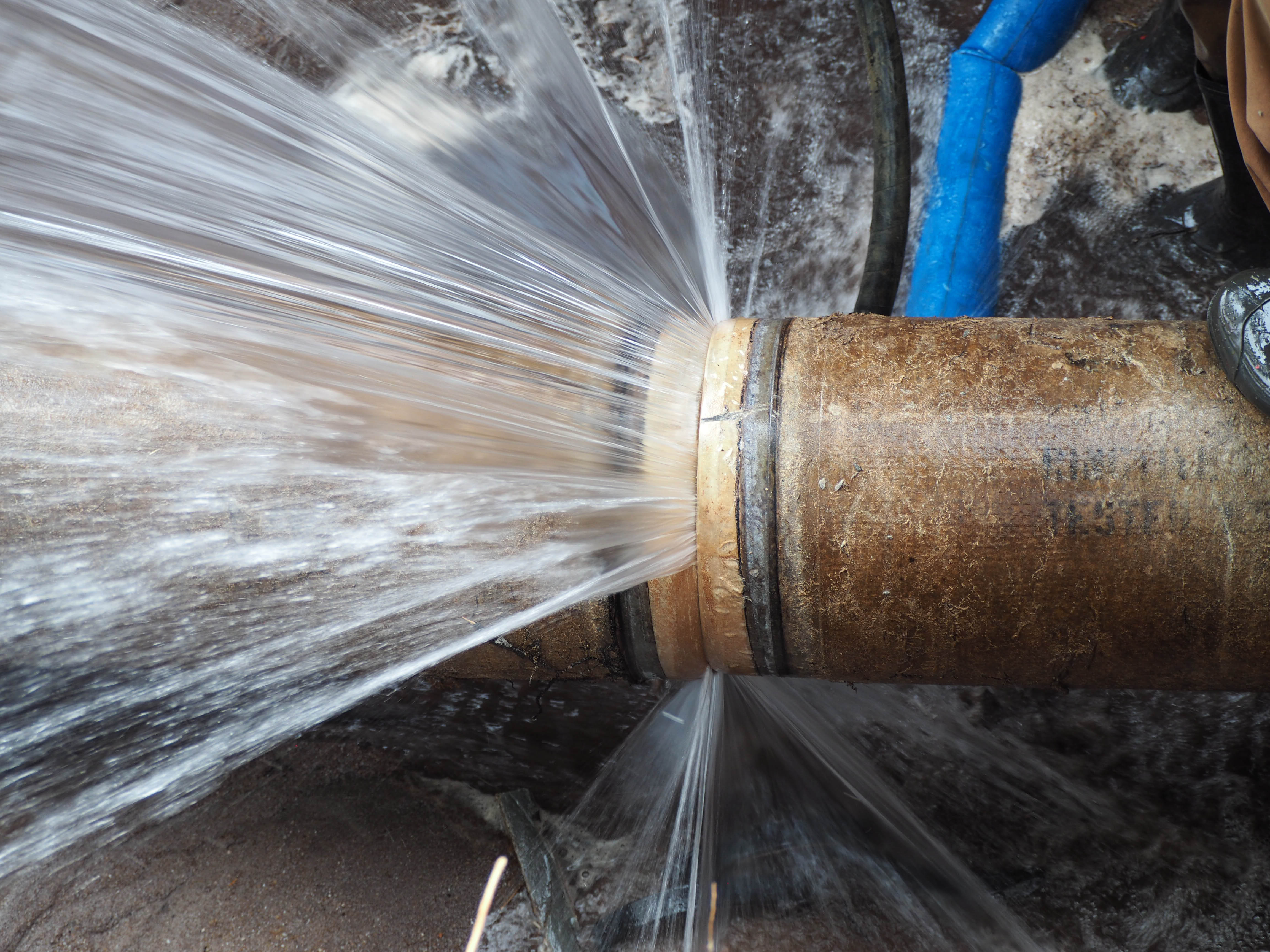Tips to Safeguard Pipes from Freezing: Specialist Advice
Tips to Safeguard Pipes from Freezing: Specialist Advice
Blog Article
We've noticed the article relating to Prevent Frozen Pipes directly below on the net and reckoned it made perfect sense to discuss it with you in this article.

Cold weather can damage your pipes, specifically by freezing pipelines. Here's how to avoid it from occurring and what to do if it does.
Intro
As temperature levels decrease, the danger of frozen pipelines increases, potentially bring about costly repair services and water damages. Understanding how to avoid icy pipes is critical for home owners in cool climates.
Prevention Tips
Insulating prone pipelines
Cover pipelines in insulation sleeves or make use of heat tape to protect them from freezing temperatures. Concentrate on pipelines in unheated or outside areas of the home.
Home heating techniques
Maintain interior rooms adequately heated up, particularly locations with plumbing. Open closet doors to permit warm air to distribute around pipes under sinks.
How to determine icy pipelines
Seek lowered water flow from taps, uncommon smells or sounds from pipes, and noticeable frost on subjected pipes.
Long-Term Solutions
Structural adjustments
Take into consideration rerouting pipelines away from outside walls or unheated areas. Include extra insulation to attic rooms, basements, and crawl spaces.
Updating insulation
Purchase high-quality insulation for pipelines, attics, and walls. Proper insulation aids maintain regular temperatures and minimizes the risk of icy pipelines.
Safeguarding Exterior Plumbing
Garden pipes and outdoor faucets
Detach and drain pipes garden pipes prior to winter season. Set up frost-proof faucets or cover outdoor taps with shielded caps.
Understanding Frozen Pipelines
What creates pipelines to ice up?
Pipes freeze when subjected to temperature levels listed below 32 ° F (0 ° C) for expanded durations. As water inside the pipelines ices up, it expands, putting pressure on the pipe walls and potentially triggering them to break.
Threats and problems
Icy pipelines can lead to supply of water interruptions, residential or commercial property damage, and costly fixings. Burst pipes can flood homes and trigger substantial architectural damages.
Indicators of Frozen Piping
Recognizing icy pipes early can prevent them from rupturing.
What to Do If Your Pipelines Freeze
Immediate actions to take
If you believe icy pipes, keep faucets available to soothe stress as the ice melts. Make use of a hairdryer or towels taken in warm water to thaw pipes slowly.
Conclusion
Avoiding icy pipes requires aggressive procedures and quick feedbacks. By comprehending the causes, indicators, and preventive measures, homeowners can secure their pipes during winter.
6 Proven Ways to Prevent Frozen Pipes and Protect Your Home
Disconnect and Drain Garden Hoses
Before winter arrives, start by disconnecting your garden hoses and draining any remaining water. Close the shut-off valves that supply outdoor hose bibs and leave the outdoor faucet open to allow any residual water to drain. For extra protection, consider using faucet covers throughout the colder months. It’s also important to drain water from any sprinkler supply lines following the manufacturer’s directions.
Insulate Exposed Pipes
Insulating your pipes is an effective way to prevent freezing. Pipe insulation is readily available at home improvement stores and is relatively inexpensive. Pay close attention to pipes in unheated areas such as the attic, basement, crawl spaces, or garage. Apply foam insulation generously to create a buffer against the cold. You can also wrap your pipes in heat tape or thermostat-controlled heat cables for added warmth.
Seal Air Leaks
Inspect your home for any cracks or openings that could let in cold air. Seal any holes around the piping in interior or exterior walls, as well as the sill plates where your home rests on its foundation. Additionally, make sure to keep your garage door closed unless you’re entering or exiting. Leaving it open creates a significant air leak that can lead to frozen pipes.
Allow Warm Air Circulation
During cold snaps, it’s essential to allow warm air to circulate evenly throughout your home. Leave interior doors ajar to promote better airflow. Open kitchen and bathroom cabinets to help distribute heat consistently around the rooms. If you have small children or pets, be sure to remove any household chemicals or potentially harmful cleaners from open cabinets for safety.
Let Faucets Drip
A small trickle of water can make a big difference in preventing ice formation inside your pipes. When temperatures drop significantly, start a drip of water from all faucets served by exposed pipes. This continuous flow helps prevent the water from freezing. Additionally, running a few faucets slightly can relieve pressure inside the pipes, reducing the chances of a rupture if the water inside does freeze.
https://choateshvac.com/6-proven-ways-to-prevent-frozen-pipes-and-protect-your-home/

I was guided to that article on Preventing and dealing with frozen pipes through a buddy on another web blog. You should take the opportunity to share this page if you appreciated it. Thank you for going through it.
Or Book Technician Here Report this page